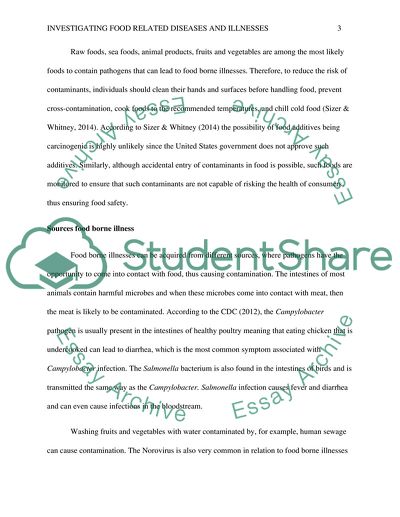Cite this document
(“NUTRITION RELATED DISEASE Assignment Example | Topics and Well Written Essays - 1500 words”, n.d.)
Retrieved from https://studentshare.org/health-sciences-medicine/1648942-nutrition-related-disease
Retrieved from https://studentshare.org/health-sciences-medicine/1648942-nutrition-related-disease
(NUTRITION RELATED DISEASE Assignment Example | Topics and Well Written Essays - 1500 Words)
https://studentshare.org/health-sciences-medicine/1648942-nutrition-related-disease.
https://studentshare.org/health-sciences-medicine/1648942-nutrition-related-disease.
“NUTRITION RELATED DISEASE Assignment Example | Topics and Well Written Essays - 1500 Words”, n.d. https://studentshare.org/health-sciences-medicine/1648942-nutrition-related-disease.


